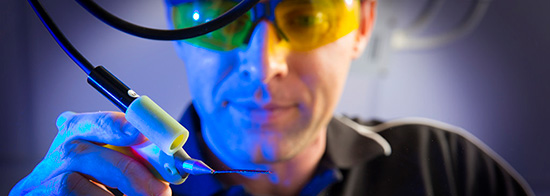

Bionic bras, handheld 3D printers for repairing damaged cartilage, shape-shifting medical implants and anti-cancer drugs delivered using nanoparticles. This is not the stuff of fantasy. This is the now.
Welcome to the world of polymers. But what are they we hear you ask? When many small molecules (which are made up of atoms held together by chemical bonds) are joined together end to end, you end up with polymers. And they are transforming the world as we know it.
Join us for an evening of science where we will delve into the world of polymers and how they are being used to make better humans.
Our presenters will explore how polymers are being used in everything from cancer treatments, to tackle antibiotic resistance and in 3D printed body parts.
Date: Thursday 5 October 2017
Time: Refreshments 5.30pm. Talk and Q&A 6.00pm-7.30pm.
Location: Queensland Museum, Cnr Grey Street and Melbourne Street, Brisbane QLD
This series is presented with the generous support of Academy Fellow and developer of the polymer banknote, Professor David Solomon AC FAA.
The Brisbane event is proudly sponsored by QUT.
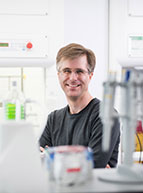
Professor Christopher Barner-Kowollik will conclude the evening, by taking us on a journey exploring how light is transforming materials science and our perception of polymers. From coding information into macromolecules through to designing erasable 3D inks, the lecture provides a vision of how light is being used to produce materials of the future.
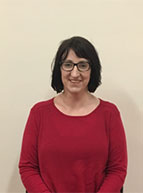
Dr Georgina Such will begin our polymer journey by outlining what they are, and how they are fundamental for modern society. When we think of polymers we often think of commodity items such as plastic bags, containers and wrapping. However, polymers are also a vital component of many high-tech products that we use every day. Items like your mobile phone and your car rely on plastics and their use continues to increase. In addition, the significant progress in our understanding of polymers means we can now control properties such as size, composition and shape. This has led to applications in many emerging technologies eg in biomedicine.
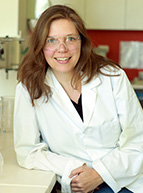
Cancer patients often suffer from the side effects of conventional treatments such as chemotherapy. Enter polymer scientist Martina Stenzel. By developing ‘smart’ nanoparticles to deliver powerful anti-cancer drugs, the ARC Future Fellow and UNSWChemistry Professor is revolutionising the way we target and treat cancer and other diseases.
Professor Stenzel is researching how to package anti-cancer drugs into a ‘magic bullet’ containing polymer (plastic) nanoparticles with diameters more than 1,000 times smaller than the point of a needle.
The nanoparticles are loaded with drugs and biological molecules that help find and destroy the cancer. They act a ‘nano-trojan horse’ helping to accumulate drugs where they are needed - in the tumour.
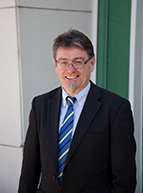
The advent of 3D printing has changed the way we think about making things as well as the materials and components we use. Not so long ago it would have been unthinkable that humans could print three-dimensional biopolymer structures using living stem cells.
Academy Fellow Professor Gordon Wallace from the ARC Centre of Excellence for Electromaterials Science and his collaborators are working on innovative devices such as a 3D printer pen.
The ‘Biopen’ is loaded with ink containing a patient’s own cells and is designed to be used in surgery to repair damaged cartilage. Developed with a view to preventing osteoarthritis, this technology will have a significant impact on those suffering from the debilitating and painful condition.
The talk will be chaired by Dr Bobby Cerini, the Senior Program Manager for Inspiring Australia. Their aim is to deliver a more scientifically engaged Australia.
© 2025 Australian Academy of Science